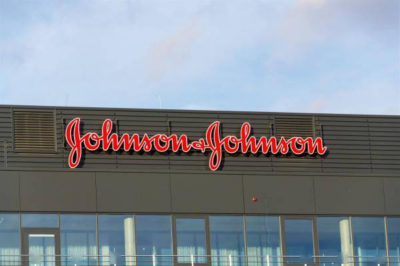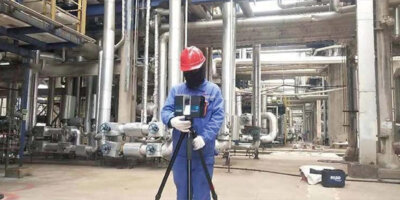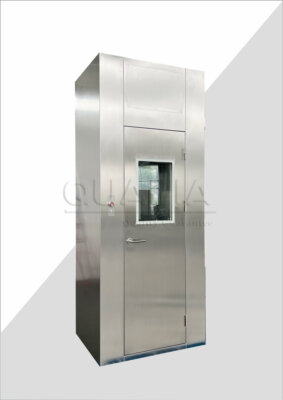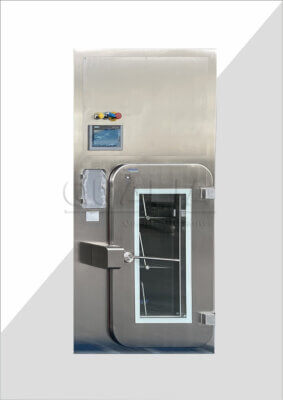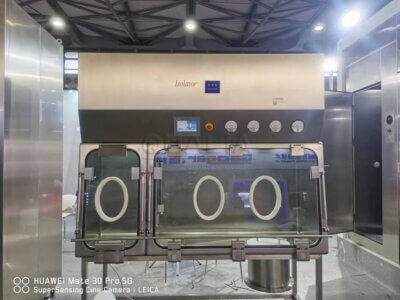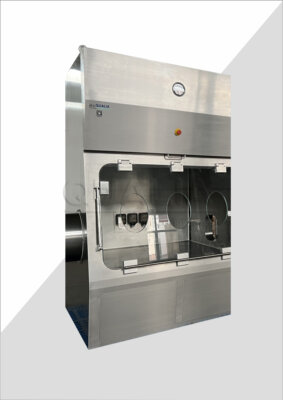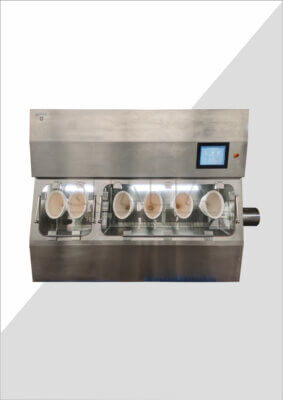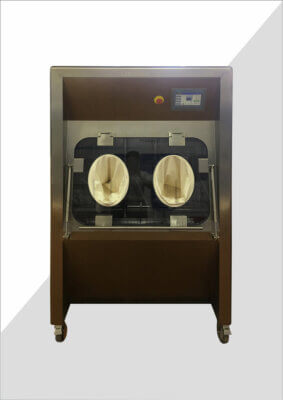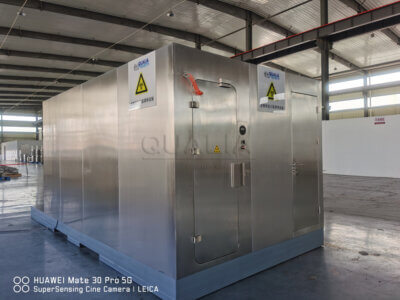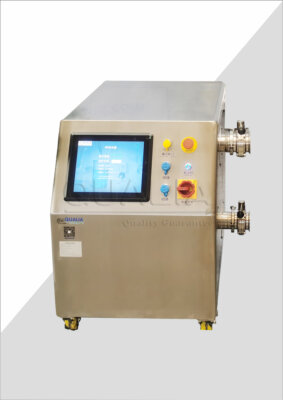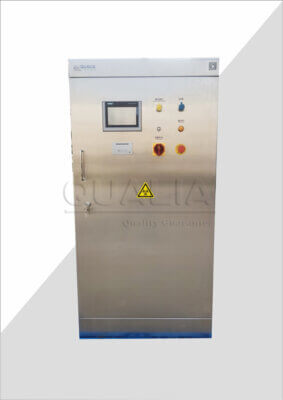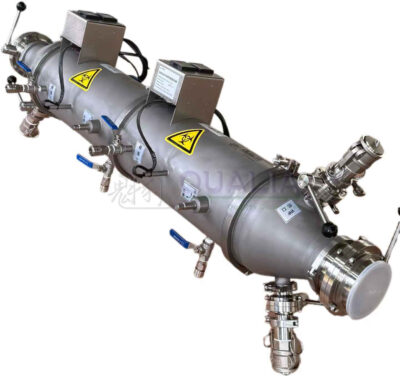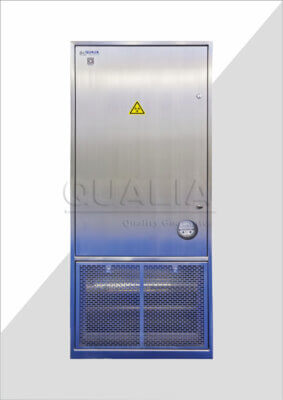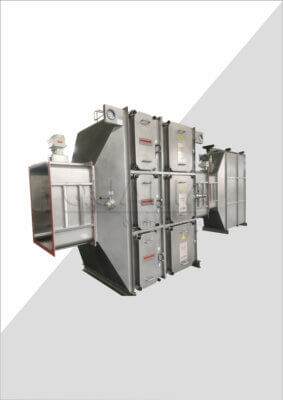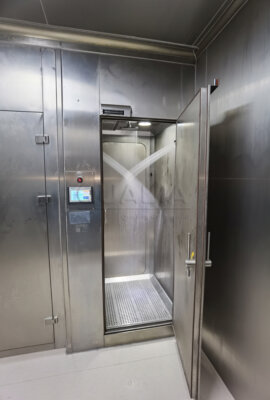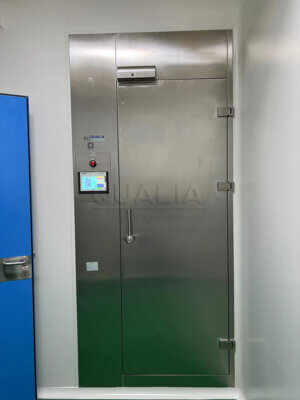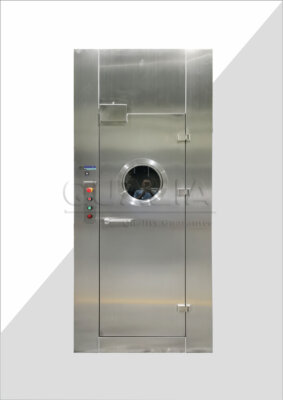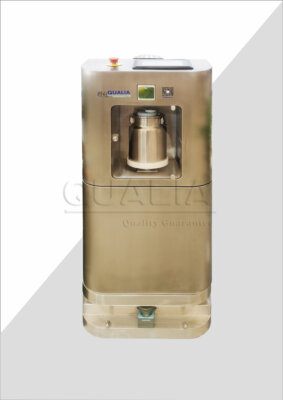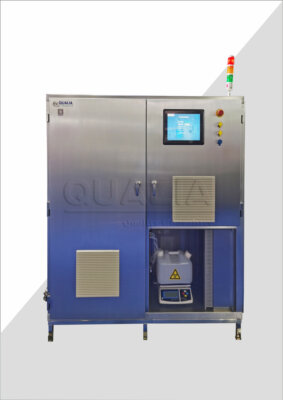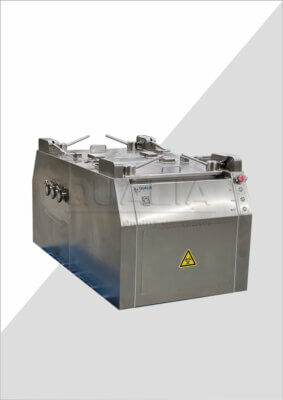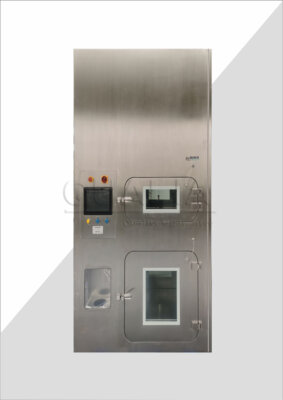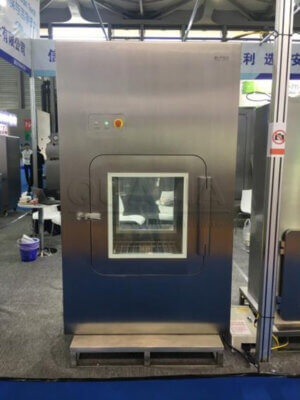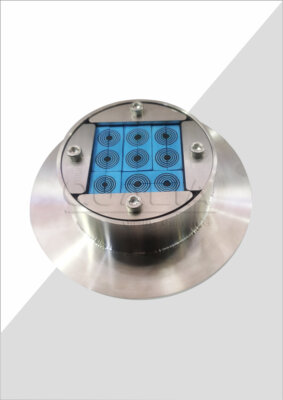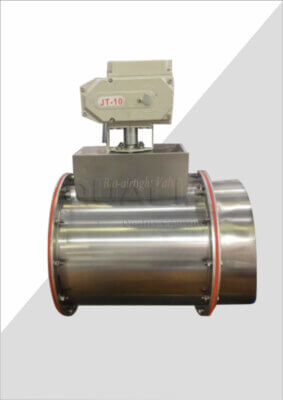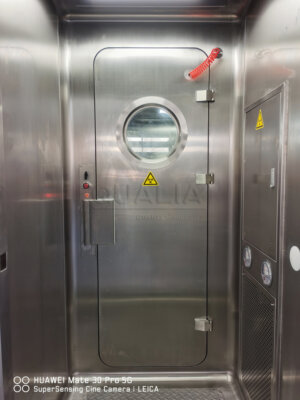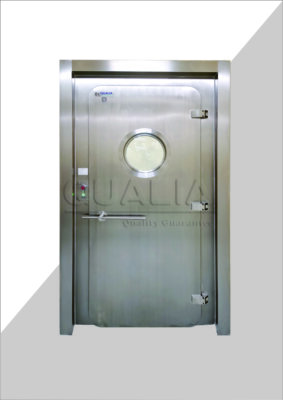Industrial VHP generators represent a paradigm shift in manufacturing facility decontamination, utilizing vaporized hydrogen peroxide to achieve superior sterilization outcomes. These systems produce a dry vapor containing 30-35% hydrogen peroxide concentration, which penetrates complex geometries and eliminates microorganisms through oxidative damage to cellular components.
The Science Behind VHP Technology
The vaporization process creates hydrogen peroxide molecules in gas phase, allowing penetration into areas inaccessible to liquid disinfectants. This vapor achieves 6-log reduction of bacterial spores, the gold standard for sterilization efficacy. The process operates through a three-phase cycle: conditioning, sterilization, and aeration, with each phase precisely controlled to ensure optimal results.
Research conducted by the International Society for Pharmaceutical Engineering demonstrates that VHP systems achieve 99.9999% kill rates against resistant organisms like Geobacillus stearothermophilus spores in validation studies. This level of efficacy surpasses traditional methods by significant margins.
Critical Applications in Modern Manufacturing
Manufacturing sterilization equipment has become indispensable across multiple sectors. Pharmaceutical facilities utilize VHP generators for cleanroom decontamination, isolator sterilization, and equipment decontamination between product changeovers. Medical device manufacturers deploy these systems for final product sterilization and packaging area decontamination.
| Application Area | Typical Cycle Time | Log Reduction Achieved | Primary Benefit |
|---|---|---|---|
| Cleanroom Decontamination | 3-6 hours | 6-log | Complete area coverage |
| Isolator Sterilization | 45-90 minutes | 6-log | Automated process |
| Equipment Decontamination | 2-4 hours | 6-log | Residue-free results |
| Packaging Area Treatment | 1-3 hours | 6-log | Rapid turnaround |
How Do Industrial VHP Generators Work in Large-Scale Manufacturing Environments?
The operational mechanics of advanced VHP decontamination systems involve sophisticated engineering designed to handle the complexities of large manufacturing spaces. These systems integrate seamlessly with existing HVAC infrastructure while maintaining independent control over decontamination parameters.
Distribution and Coverage Mechanics
Industrial systems employ multiple distribution points to ensure uniform vapor concentration throughout treatment areas. The vapor generation rate typically ranges from 1-10 grams per minute, depending on space volume and target concentration requirements. Advanced systems incorporate real-time monitoring using hydrogen peroxide sensors positioned strategically throughout the treatment zone.
In our experience working with Fortune 500 manufacturers, proper distribution design reduces cycle times by 25-40% compared to single-point injection systems. The key lies in understanding air flow patterns and creating distribution networks that work with, rather than against, existing ventilation systems.
Integration with Manufacturing Operations
Modern industrial decontamination systems feature programmable logic controllers (PLCs) that interface with manufacturing execution systems (MES) and building management systems (BMS). This integration enables automated scheduling, real-time monitoring, and comprehensive documentation required for regulatory compliance.
Process Control and Monitoring
The sophisticated control systems monitor critical parameters including hydrogen peroxide concentration, temperature, humidity, and air flow rates. These parameters are continuously logged and analyzed to ensure process consistency and regulatory compliance. Advanced systems provide predictive maintenance alerts and performance trending to optimize operational efficiency.
What Are the Key Applications of Manufacturing Sterilization Equipment?
The versatility of facility wide VHP systems extends across numerous manufacturing sectors, each with unique requirements and challenges. Understanding these applications helps facility managers select appropriate systems and optimize implementation strategies.
Pharmaceutical Manufacturing Applications
Pharmaceutical facilities represent the largest user base for industrial VHP generators, driven by stringent regulatory requirements and contamination control needs. These facilities utilize VHP systems for routine cleanroom decontamination, following detailed protocols established by regulatory agencies.
A case study from a major pharmaceutical manufacturer showed that implementing automated VHP decontamination reduced microbiological excursions by 85% while decreasing manual labor requirements by 60%. The facility achieved consistent 6-log reduction across all monitored locations, exceeding regulatory requirements.
Biotechnology and Cell Culture Facilities
Biotechnology facilities face unique challenges related to cross-contamination prevention and maintaining sterile environments for cell culture operations. VHP systems provide reliable decontamination for bioreactors, cell culture suites, and downstream processing areas.
Food and Beverage Manufacturing
The food industry increasingly adopts VHP technology for packaging equipment decontamination and processing area sterilization. These applications require careful consideration of material compatibility and residue elimination to ensure food safety compliance.
How to Choose the Right Industrial Decontamination Systems for Your Facility?
Selecting appropriate industrial grade VHP equipment requires careful analysis of facility requirements, operational constraints, and regulatory obligations. The decision-making process should consider multiple factors that impact both performance and operational costs.
Facility Assessment and Requirements Analysis
The selection process begins with comprehensive facility assessment, including space volume calculations, air change rates, and material compatibility evaluations. Facilities typically range from small cleanrooms (<1,000 cubic feet) to large production areas (>100,000 cubic feet), each requiring different generator capacities and distribution strategies.
Key assessment parameters include:
- Treatment volume and geometry
- Target microorganism kill requirements
- Cycle time constraints
- Material compatibility requirements
- Integration with existing systems
Technical Specifications and Performance Criteria
Critical specifications include vapor generation rate, concentration control accuracy, and distribution uniformity. High-performance systems achieve ±10% concentration uniformity across treatment areas, ensuring consistent sterilization results.
| System Capacity | Treatment Volume | Vapor Generation Rate | Typical Cycle Time |
|---|---|---|---|
| Small Scale | 100-5,000 ft³ | 1-3 g/min | 2-4 hours |
| Medium Scale | 5,000-25,000 ft³ | 3-6 g/min | 4-8 hours |
| Large Scale | 25,000-100,000 ft³ | 6-12 g/min | 6-12 hours |
| Industrial Scale | >100,000 ft³ | 12+ g/min | 8-16 hours |
Cost-Benefit Analysis Framework
Investment decisions should consider total cost of ownership, including equipment acquisition, installation, validation, and ongoing operational costs. Industry data indicates that VHP systems typically achieve payback periods of 18-36 months through reduced labor costs and improved production efficiency.
What Are the Advantages and Limitations of Facility Wide VHP Systems?
Understanding both benefits and constraints of production area sterilization systems enables informed decision-making and realistic implementation expectations. While VHP technology offers significant advantages, certain limitations require careful consideration.
Operational Advantages
The primary advantage lies in achieving superior sterilization efficacy while eliminating chemical residues. Unlike traditional disinfectants, hydrogen peroxide vapor decomposes into water and oxygen, leaving no toxic residues. This characteristic enables immediate facility re-entry following aeration, reducing downtime compared to chemical fumigation methods.
Automation capabilities represent another significant advantage. Modern systems operate with minimal human intervention, reducing labor costs and improving process consistency. Automated systems can integrate with facility scheduling systems, enabling lights-out operation during off-shifts.
Dr. Sarah Chen, a leading contamination control specialist, notes: “VHP systems provide the most reliable and reproducible decontamination method available today. The combination of broad-spectrum efficacy and residue-free operation makes them indispensable for modern manufacturing.”
Technical Limitations and Considerations
While VHP systems offer exceptional performance, material compatibility represents a primary limitation. Certain materials, particularly those containing cellulose or metals prone to oxidation, may experience degradation with repeated exposure. Facilities must conduct thorough material compatibility testing before implementation.
The initial investment requirement can be substantial, particularly for large-scale installations. Systems capable of treating 50,000+ cubic foot spaces typically require investments of $200,000-$500,000, including installation and validation costs. However, this investment often yields significant returns through improved operational efficiency and reduced contamination incidents.
Environmental considerations also merit attention. While hydrogen peroxide is environmentally benign, the energy requirements for vapor generation and air handling can be substantial. Facilities should incorporate energy efficiency measures and consider environmental impact in their implementation planning.
How Do Production Area Sterilization Systems Compare to Traditional Methods?
Comparative analysis reveals significant performance differences between VHP technology and conventional decontamination methods. These differences impact efficiency, safety, and regulatory compliance across various manufacturing applications.
Efficacy and Performance Comparisons
Traditional chemical disinfection methods typically achieve 3-4 log reduction, while industrial VHP generators consistently deliver 6-log reduction. This performance difference proves critical for facilities operating under strict regulatory requirements.
A comparative study conducted across 15 pharmaceutical facilities showed that VHP systems achieved 99.7% success rate in validation testing, compared to 78% for traditional chemical methods. The improved reliability translates to reduced validation costs and increased operational confidence.
Safety and Environmental Impact
VHP systems eliminate many safety concerns associated with traditional chemical disinfectants. Workers face reduced exposure risks, and facilities eliminate hazardous chemical storage and disposal requirements. The automated operation further reduces human exposure during decontamination cycles.
Cost and Operational Efficiency
While initial investment costs favor traditional methods, operational costs tell a different story. VHP systems reduce labor requirements by 40-60% and eliminate ongoing chemical purchase and disposal costs. A pharmaceutical manufacturer reported annual savings of $280,000 after implementing facility-wide VHP systems.
| Method | Initial Cost | Annual Operating Cost | Labor Requirements | Efficacy |
|---|---|---|---|---|
| VHP Systems | High | Low | Minimal | 6-log reduction |
| Chemical Fumigation | Medium | High | Moderate | 4-log reduction |
| Manual Disinfection | Low | High | Extensive | 3-log reduction |
| UV-C Systems | Medium | Low | Minimal | 4-log reduction |
What Technical Specifications Should You Consider for Industrial Grade VHP Equipment?
Technical specifications directly impact system performance, operational efficiency, and regulatory compliance. Understanding these parameters enables informed equipment selection and optimal system configuration.
Core Performance Parameters
Vapor generation capacity represents the fundamental specification, typically expressed in grams per minute. Systems range from 1 g/min for small applications to 20+ g/min for large industrial installations. The selection depends on treatment volume, target cycle time, and desired concentration levels.
Concentration control accuracy affects sterilization consistency and process validation. High-performance systems maintain concentration within ±5% of target values, ensuring reproducible results across multiple cycles. This precision proves critical for regulatory compliance and process optimization.
Advanced Control and Monitoring Features
Modern systems incorporate sophisticated monitoring capabilities including real-time concentration measurement, temperature and humidity monitoring, and automated cycle documentation. These features support regulatory compliance and enable process optimization through data analysis.
Integration capabilities determine how effectively systems interface with existing facility infrastructure. Advanced systems provide standard communication protocols (Ethernet, Modbus, OPC) enabling seamless integration with facility management systems.
How to Implement VHP Decontamination in Different Manufacturing Sectors?
Implementation strategies vary significantly across manufacturing sectors, reflecting different regulatory requirements, operational constraints, and contamination control objectives. Successful implementation requires sector-specific approaches and expertise.
Pharmaceutical Industry Implementation
Pharmaceutical facilities require extensive validation documentation and regulatory compliance measures. Implementation typically involves qualification protocols including Installation Qualification (IQ), Operational Qualification (OQ), and Performance Qualification (PQ) phases.
A major pharmaceutical manufacturer implemented VHP systems across 12 facilities, achieving 95% reduction in microbiological deviations and 40% reduction in environmental monitoring failures. The implementation required 18 months and investment of $3.2 million but generated annual savings of $1.8 million.
Medical Device Manufacturing
Medical device facilities focus on final product sterilization and packaging area decontamination. Implementation emphasizes material compatibility testing and process validation to ensure product safety and regulatory compliance.
Food and Beverage Applications
Food industry implementation requires careful consideration of food safety regulations and material compatibility with food-contact surfaces. Systems must demonstrate complete residue elimination and maintain food safety standards.
The implementation process typically involves phased rollouts starting with pilot areas, followed by validation and full-scale deployment. Success depends on thorough planning, comprehensive training, and ongoing performance monitoring.
This comprehensive analysis demonstrates that industrial VHP generators provide manufacturing facilities with superior decontamination capabilities, offering significant advantages over traditional methods while requiring careful consideration of implementation requirements. The technology continues evolving, with emerging developments in automation, monitoring, and integration capabilities promising even greater operational benefits.
As manufacturing continues advancing toward increased automation and stricter contamination control requirements, VHP technology will play an increasingly critical role in ensuring product quality and regulatory compliance. Facilities investing in these systems position themselves for long-term operational success and competitive advantage in demanding manufacturing environments.
For facilities ready to implement cutting-edge decontamination solutions, specialized VHP generator systems offer the proven performance and reliability required for modern manufacturing operations.
Frequently Asked Questions
Q: What are Industrial VHP Generators and how do they work for manufacturing facility decontamination?
A: Industrial VHP Generators produce vaporized hydrogen peroxide (VHP), a powerful disinfectant used to decontaminate manufacturing facilities. These systems vaporize a hydrogen peroxide solution and disperse it evenly throughout an enclosed space. The VHP contacts surfaces and microorganisms, effectively killing bacteria, viruses, fungi, and spores by oxidation. This method is residue-free, leaves behind only water and oxygen, and works at relatively low temperatures, making it suitable for sensitive equipment and materials commonly found in manufacturing environments.
Q: Why are Industrial VHP Generators considered a preferred solution for manufacturing facility decontamination?
A: Industrial VHP Generators offer several advantages:
- Broad-spectrum antimicrobial efficacy including resistant spores
- Short cycle times for faster turnaround
- Compatibility with delicate electronics and materials
- Automated, repeatable processes ensuring consistent results
- Environmentally friendly with no harmful residues
These features make VHP generators ideal for stringent cleanliness requirements in manufacturing facilities, especially in pharmaceuticals and biotech where contamination control is critical.
Q: What types of manufacturing facilities benefit most from using Industrial VHP Generators for decontamination?
A: Facilities with high cleanliness standards, such as pharmaceutical manufacturing plants, biotechnology labs, semiconductor fabs, and food production lines, greatly benefit from VHP decontamination. These environments require validated, reliable sterilization methods that do not damage sensitive equipment and can handle complex room geometries, making Industrial VHP Generators a suitable choice.
Q: How does the decontamination process using Industrial VHP Generators compare to other methods like chlorine dioxide or heat sterilization?
A: Unlike chlorine dioxide, which involves safety risks such as respiratory irritation and combustion hazards, VHP is safer for operators and less hazardous to equipment. Compared to dry or moist heat sterilization, VHP works at lower temperatures, reducing potential damage to heat-sensitive components. Also, VHP leaves no toxic residues, whereas some chemical decontaminants might. Overall, VHP provides an efficient, scalable, and material-compatible solution for manufacturing facility decontamination.
Q: What are the key considerations when implementing Industrial VHP Generators in a manufacturing facility?
A: Important factors include:
- Ensuring proper sealing of the area to retain vapor concentration
- Validating cycle parameters for effective microbial kill
- Monitoring VHP concentration for safety and efficacy
- Scheduling decontamination during downtime to avoid exposure
- Training staff on system operation and safety protocols
These steps help maximize decontamination effectiveness while maintaining safety and compliance.
Q: Can Industrial VHP Generators be integrated with automated systems for facility-wide decontamination?
A: Yes, modern Industrial VHP Generators often come with automated controls and remote operation capabilities. These systems can be programmed for scheduled, repeatable decontamination cycles, making them scalable for anything from single rooms to entire manufacturing floors. Automation improves consistency, reduces human error, and enhances safety by minimizing operator exposure to hydrogen peroxide vapor.
External Resources
- VHP Generators: Revolutionizing Decontamination in Cleanrooms – Outlines how industrial VHP generators provide advanced decontamination for manufacturing facilities, emphasizing safety features and operational protocols in English.
- Vaporized Hydrogen Peroxide (VHP) Sterilization Safety – Details the phases and safety measures of VHP decontamination cycles, focusing on usage within large-scale facilities and the importance of worker protection.
- Defining VHP Sterilization and Biodecontamination – Explains the principles behind VHP decontamination in manufacturing and pharmaceutical environments, including validation and best practices.
- VHP Decontamination Following Maintenance Activities – Presents a case study on implementing VHP generator-driven decontamination in a manufacturing facility post-maintenance, assessing effectiveness and procedural integration.
- VHP Decontamination Chamber MD-C – Describes a specialized VHP decontamination chamber designed for manufacturing and cleanroom applications, optimized for equipment and material throughput.
- VHP Systems for Material and Room Decontamination | STERIS – Provides an overview of VHP generator systems engineered for large-scale facility decontamination, including technical specifications and common manufacturing uses.
Related Contents:
- VHP Generators for Pharmaceutical Manufacturing | Cleanroom Sterilization
- VHP Sterilization in Healthcare: 2025 Best Practices
- Revolutionizing Sterilization: Portable VHP Generators vs Traditional Methods
- Pharmaceutical VHP Generators | Cleanroom Sterilization Type II & III Systems
- VHP Generators in Healthcare Settings | Hospital Decontamination Solutions
- Portable VHP Generators: A Game-Changer in Decontamination
- VHP vs Traditional Sterilization: 2025 Comparison
- Portable VHP Generator Applications | Hospital & Laboratory Sterilization Solutions
- Lab Sterilization with VHP: 2025 Expert Guide

